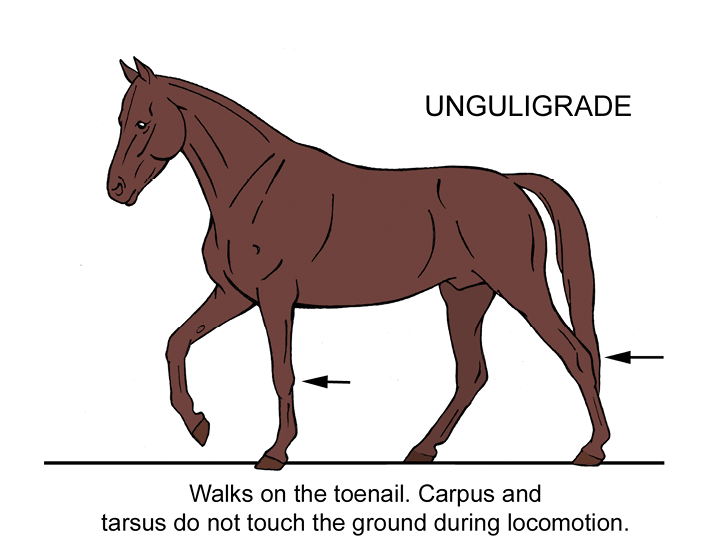American Farriers Journal
American Farriers Journal is the “hands-on” magazine for professional farriers, equine veterinarians and horse care product and service buyers.

In the first installment of this series on the anatomy and function of the forelimb reciprocating apparatus in horses (September/October 2019 American Farriers Journal), I discussed the many differences between white vs. yellow ligament tissue. In this installment, we focus on the relationships between muscles, the tendons of muscles, and yellow ligaments.
In his Atlas of Equine Anatomy for example, veterinarian Chris Pasquini correctly labels the suspensory apparatus found in the legs of horses as “interosseous (suspensory lig.)” Developmental studies have shown that the suspensory apparatus, composed as it is of yellow ligament, was once a group of muscles.
When Mr. Spock from the Star Trek series gives the Vulcan sign for “live long and prosper” by making a “V” between his middle and ring fingers, he’s using muscles (the interossei and lumbricales) that anchor between the metacarpal (palmar) bones. Although their fossil ancestors once possessed the full complement of five digits as we humans do, our modern horse, belonging to the genus Equus, possesses but one digit per limb — that’s one shy of what would be needed to make a “V.”
If you want to follow up in more depth concerning the evolution of the horse, please go to Dr. Bennett’s Equine Studies…